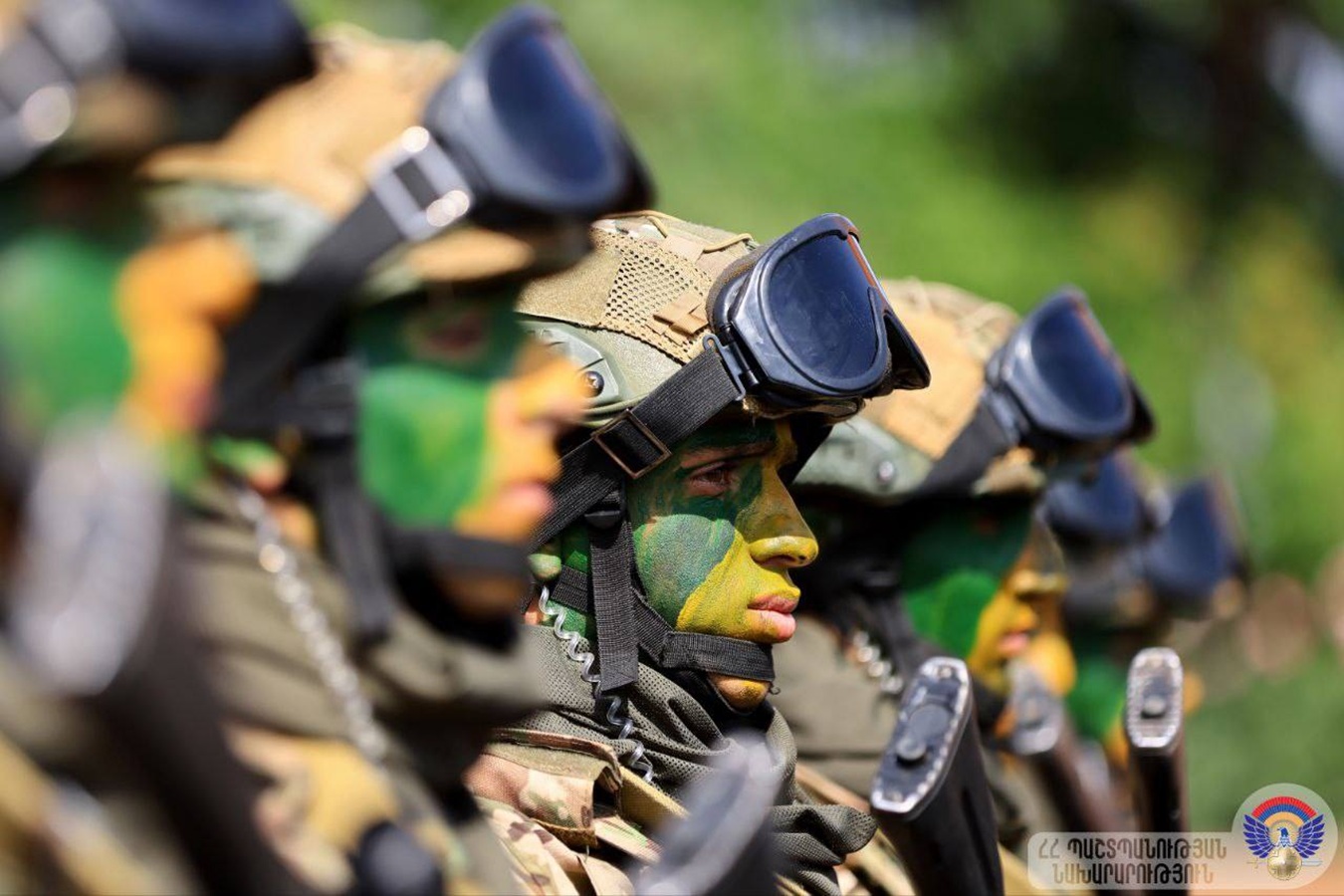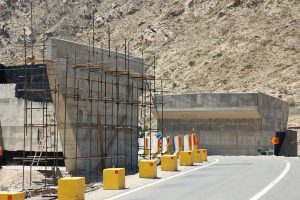Armenia’s government continues to push forward its rapid defense sector reforms. On October 21, Prime Minister Nikol Pashinyan announced that starting January 1, 2026, the duration of mandatory military service will be reduced from two years to one and a half.
The decision, already finalized, marks another step in a series of accelerated changes in Armenia’s defense system — reforms that often move faster than their public explanation or understanding.
According to Pashinyan, the new law was initially expected to take effect in the summer of 2026, but after consultations with the defense minister and parliament members, it will now be implemented earlier — from the winter conscript recruitment.
Since the 2020 war, Armenia’s defense system has remained one of the country’s most debated public issues. The war experience and the shifting regional security environment have forced the state to reassess its defense strategy, army structure, and procurement policy.
Experts note that Armenia is now investing unprecedented sums in the modernization of its military. “At least in terms of equipment procurement, the scale of investment since 2022 is unprecedented,” says Leonid Nersisyan, senior research fellow at APRI Armenia. “Compared to 2016–2020, procurement volumes have increased fivefold.”
The ongoing reforms are largely driven by the three wars of the past nine years, which exposed the weaknesses of the country’s defense system and made restructuring inevitable.
Paid military service exemptions shelved, but not abandoned
In May 2025, the Armenian government gave initial backing to a bill allowing conscripts to shorten their mandatory service by paying a fee — but the draft law didn’t advance.
Proposed by ruling-party MP Hayk Sargsyan, the scheme would have let draftees pay millions of drams to serve for just a few months instead of two years. The Defense Ministry suggested higher fees and stricter limits, and the idea was eventually shelved.
This isn’t new: similar buyout options have surfaced repeatedly since 2019 but never made it into law. Analysts warn, however, that the concept may reappear — and if ever adopted, could weaken Armenia’s defense readiness.
Shorter Service as a Step Toward a Professional Army
The new regulation shortens mandatory service to 18 months. According to the government, the move is part of its 2021–2026 program to gradually replace conscription with professional contract-based service.
Defense expert Leonid Nersisyan sees the change as a logical step but warns that success depends on recruiting enough skilled contract soldiers. “If done properly — through improving the army’s image and targeted campaigns — it’s realistic to replace around 4,000–5,000 conscripts per year with professionals,” he says. “But quality matters more than numbers.”
Vitali Mangasaryan, head of the “Henaket” Analytical Center, is more cautious: “Without a comprehensive defense concept, simply shortening the service term increases risks rather than strengthening the system. The army must first ensure sufficient human and technical resources.”
A Reform Amid Budget Cuts
Paradoxically, the reform comes as Armenia plans to cut its defense budget for 2026 by 15.2%. The draft budget allocates 563 billion drams ($1.4 billion) to the Ministry of Defense — about $265 million less than in 2025.
This contrasts with global trends. According to SIPRI, global military spending in 2024 reached a record $2.7 trillion — a 9.4% increase from 2023 — as most countries expanded their defense budgets amid rising geopolitical tensions.
Neighboring countries are no exception. Turkey’s defense budget has surged to a record $47 billion for 2025, while Azerbaijan’s will reach $5.1 billion — a 3.8% increase. Armenia’s defense spending remains several times smaller, continuing a three-decade imbalance between the two countries.
Public procurement expert Artak Kyurumyan calls the planned cut “deeply concerning,” noting that professionalizing the army requires more, not fewer, resources. “How can we increase contract soldiers and replenish lost equipment with a smaller budget?” he asks.
Between Modernization and Risk
Experts agree that Armenia is undergoing a complex and multidimensional transformation in its defense system. However, reforms remain fragmented and often lack a coherent long-term strategy.
Reducing conscription time and cutting defense spending may signal a shift toward a professional army, but without adequate funding, technology upgrades, and domestic arms production, such reforms risk weakening rather than strengthening the system.
The coming years will be decisive. Armenia’s challenge is to build a smaller but more flexible and professional defense force — one capable of responding to regional threats not by size, but by quality.
This article was originally created in Armenian by Gevorg Avchyan
The English summary was created by AI based on the original article in Armenian.
The material was produced by Ampop Media in cooperation with the Friedrich Ebert Stiftung (FES). The views and opinions expressed in this publication are those of the author(s) and do not necessarily reflect those of the Friedrich Ebert Stiftung.
Note: All materials published on Ampop.am and visuals carrying the “Ampop Media” branding may not be reproduced on other audiovisual platforms without prior agreement with Ampop Media and/or the Journalists for the Future leadership.
Փորձագետի կարծիք
First Published: 22/10/2025









